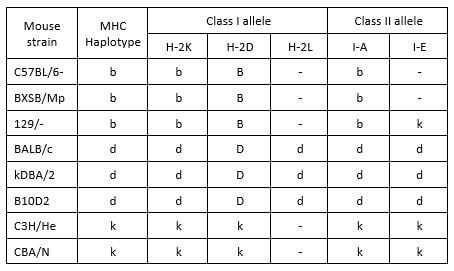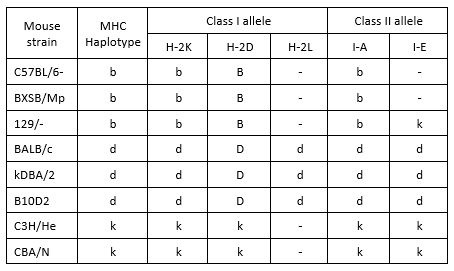Published by Tomohiro Nakajo on Aug 28, 2018 1:00:00 PM

The thymus shapes a host's T-cell repertoire so they do not respond to "self" antigens, yet are able to recognize "non-self" antigen challenges (from pathogens and tumors). T cell participation in these immune responses are dependent on interaction with peptide- and self-MHC. In other words, T cells only recognize the peptides derived from cancers or pathogens if they are embedded in the cleft of self host MHC grooves. Such peptides are processed and presented on the surface of antigen-presenting cells (MHC class I and II in dendritic cells, macrophages, and B cells) or all nucleated cells (MHC class I) allowing T cells to identify infected or cancer cells. Direct detection of such Ag-specific T cells and functional analysis is important for understanding disease immunopathogenesis and the process of drug development. MBL International has had tremendous success in advancing the methodologies to accurately measure antigen-specific T cells.
Peptide-MHC (pMHC) tetramers bind T cells with an off-rate >1000 fold slower than that of pMHC monomers, thus making MHC tetramers the gold standard reagent for direct measurement of Ag-specific T cells. MHC tetramers enable direct detection of allele-specific and antigen-specific T cells at a single cell level for flow cytometry or mass cytometry analysis. It is important to note the MHC allelic restriction to determine the right MHC tetramers for your studies. Tetramers should be selected so the allele matches with your system. For example, if cells are derived from C57BL/6, you should choose tetramers of H-2Kb or H-2Db for class I, or I-Ab for class II. An example is shown below. The product code is shown along with the tetramer name, allele information, the target antigen (TRP2, which is a melanoma antigen), peptide sequence (in the context of H-2 kb MHC), and fluorescent conjugate (we carry other fluorochromes as well, in case you want to use a different one).
Code #: TB-5004-1, Product name: iTAg Tetramer/PE - H-2Kb TRP2 (SVYDFFVWL)
For MHC tetramers in human studies, you should verify the HLA typing of the persons whose samples are being assayed. This information is typically supplied by vendors but if not, such MHC allele information can be determined using PCR or flow cytometry.
As far as mouse MHC alleles, here, we have simplified the commonly used strains and alleles of MHC class I and II. In this blog, we have a summary introduction of mouse allele information for customers including those who are using MHC tetramers for the first time. The table below indicates MHC allele information of commonly used mouse strains.

Next is allele information of popular transgenic mouse models and matching tetramer products, biotinylated monomers and peptides.
| Tg mouse | Allele | Antigen | Tetramer code # | Biotinylated Monomer code # | Peptide code # |
| OT-I | H-2Kb |
OVA257-264 |
TB-5001-M | SP5001 | |
| OT-II | I-Ab | OVA323-339 ISQAVHAAHAEINEAGR | |||
| Pmel-1 | H-2Db | Human gp10025-33 KVPRNQDWL | TB-M505-M | SPM505 |
These are transgenic mice engineered with T cell receptors that bind specifically to a given peptide sequence complexed with the appropriate MHC protein. Ovalbumin (OVA) is a T cell-dependent antigen commonly used as a model protein for studying antigen specific immune response in mice. Pmel-1, also called Pmel-17, is widely used as mouse melanoma model.
If you are in need of finding out your mouse allele, or have any other questions with starting your tetramer experiments, don’t hesitate to contact us. We can help you based on our long experience of developing and manufacturing tetramers.